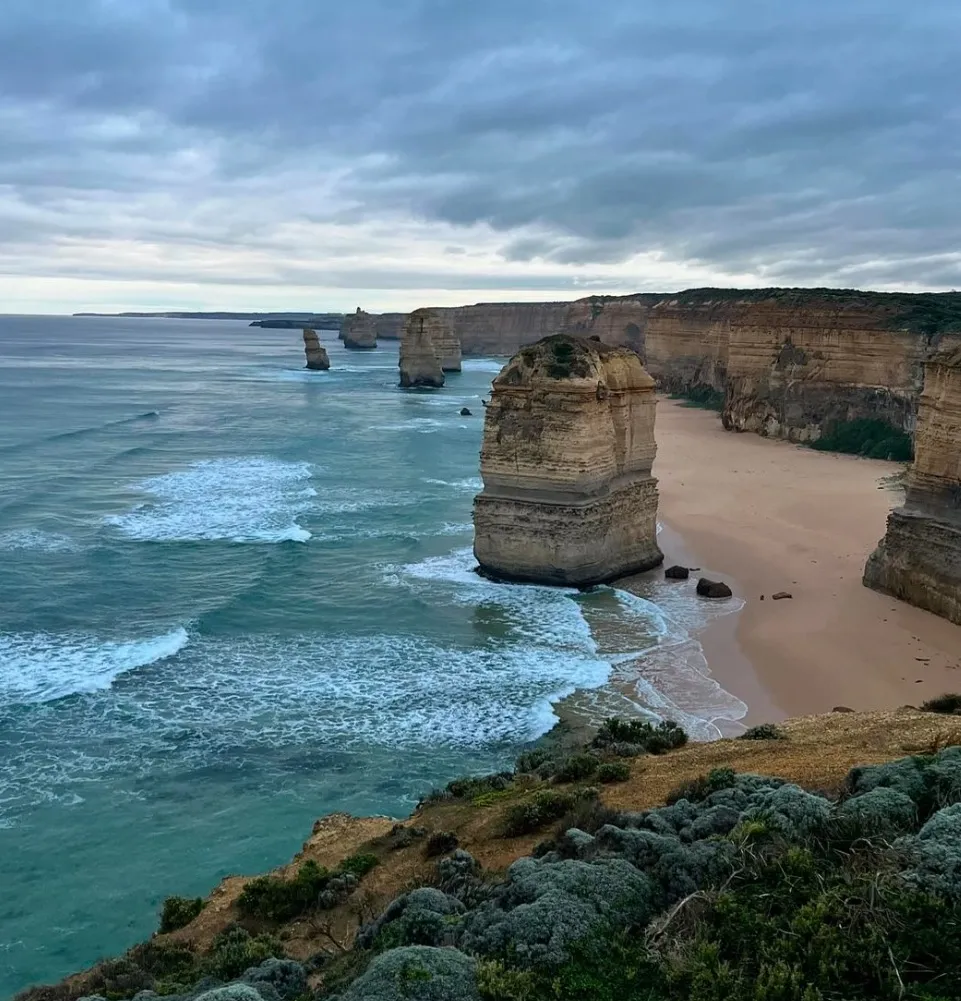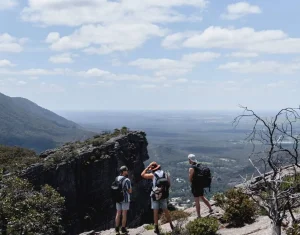The Great Ocean Road is every backpacker or road trip lover’s dream, as it stretches for more than 240 kilometres from Torquay to Allansford. The breathtaking coastal views, cute seaside towns and natural wonders make this Australian route iconic, providing a range of experiences made specifically for budget travellers. From amazing beaches to lush rainforests and unique rock formations, there is something here for everyone. Whether you are interested in exploring surf hotspots, trekking through ancient woods or just enjoying the beauty of nature, this guide will give you advice and show you which way to follow to do it while paying less.
Planning Your Trip
Choosing the Best Time to Visit
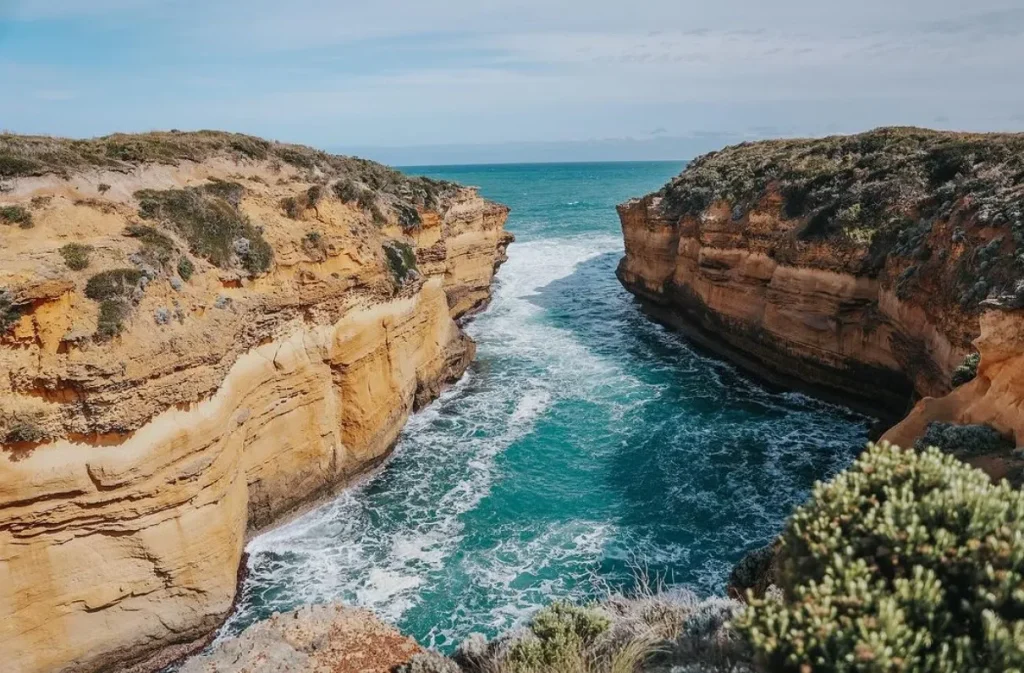
Timing is a vital element when you plan your trip along Great Ocean Road, as it greatly affects your experience. Most people prefer travelling during the summer season (December-February), which is Australia’s summer time. During this time, the weather is usually warm and sunny, making it perfect for trips on the beach as well as other coastal activities. However, this period has the highest number of tourists travelling along the road while accommodation prices reach their peak points too. Consider visiting during the shoulder seasons of spring (September-November) or autumn (March-May) when crowds are fewer and prices lower if you want a less hassle experience.
Winter months (June-August) offer their kind of beauty with milder temperatures and less tourism traffic. Though some attractions might not be operating due to weather conditions, winter gives an opportunity to experience the rough shorelines at their calmest moments without lots of visitors around. You should check local conditions since this period can be characterized by wetness and windiness.
Budgeting for Your Adventure
Being on budget doesn’t actually mean missing out on the most exciting things that can be done on the Great Ocean Road. To help you keep expenses low there are some essential tips:
- Accommodation: Look out for cheaper alternatives like hostels, holiday parks and campsites. These accommodations often provide basic facilities at a fraction of the price that is charged in high-end options. Look for discounted rates by booking early.
- Food and Dining: Save money on meals by shopping at local markets and preparing your own food. You can find fresh, affordable produce in many Great Ocean Road towns’ supermarkets and farmer’s markets as well. Moreover, to view picturesque locations you may pack a picnic for day trips rather than spend on restaurant meals.
- Transport: If you are travelling by yourself make sure that you have a vehicle with good fuel consumption so as to minimize the cost. However, public transportation or bicycles available for rent would be more affordable means of traveling around the area although driving is more flexible.
- Activities and Attractions: Many natural attractions found along Great Ocean Road do not require an entry fee, such as gorgeous beaches, rainforests or even lookouts where one can enjoy scenic views. Also it would be wise if you can focus on these economic highlights by doing research and planning your itinerary accordingly.
In order to optimize your time on the Great Ocean Road, here is a suggested itinerary that covers major highlights and offers a range of experiences. This 3-day itinerary is designed to maximize your exploration while keeping things manageable and enjoyable.
Suggested Itinerary for Three Days
Day One: Torquay – Apollo Bay
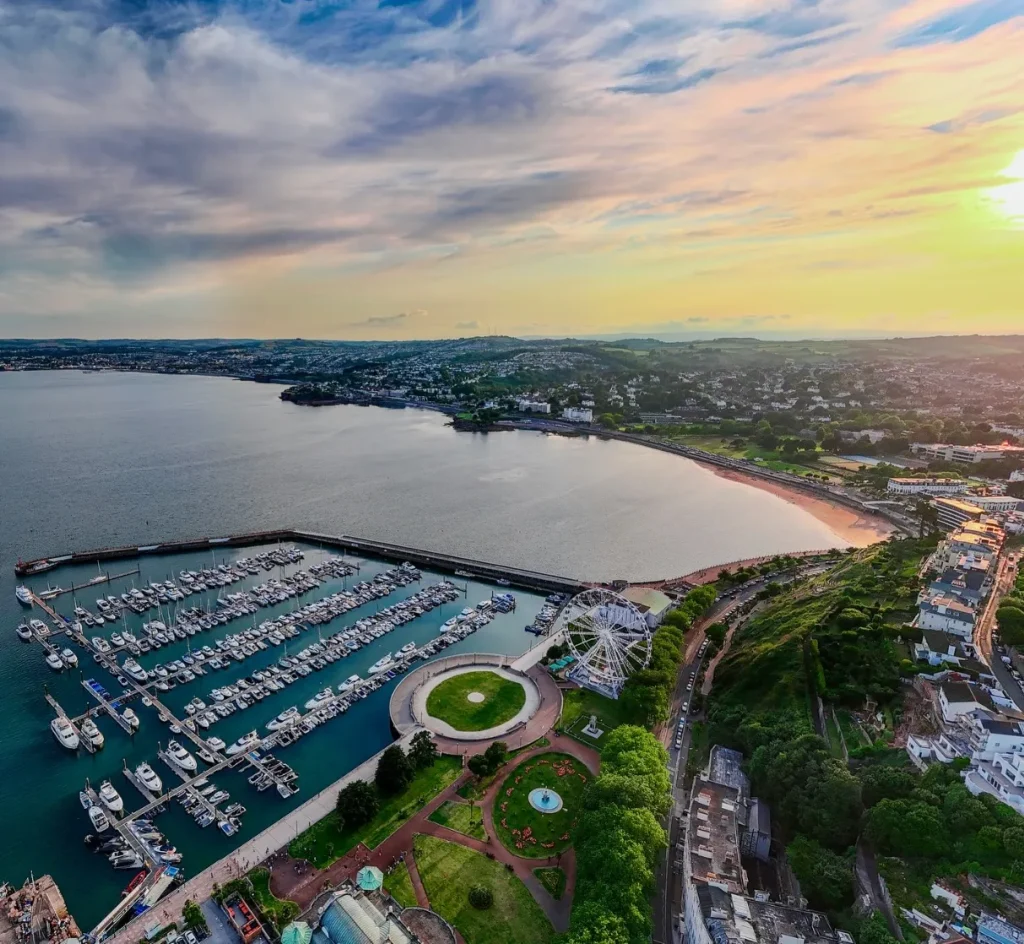
Begin at Torquay, which is referred to as the gateway of the Great Ocean Road due to its vibrant surf culture. Before leaving, consider grabbing breakfast and coffee from one of the local cafes. The first notable stop is Bells Beach, renowned for being one of the world’s best surf breaks. Spare a moment to take in the view around the coastline as you watch surfers tame their waves.
Continue driving until you arrive at Point Addis Marine National Park where there are beautiful coastal landscapes and cliffs with scenic walks. Afterwards, proceed towards Aireys Inlet, which has Split Point Lighthouse, which is an iconic place of historical importance. This charming spot provides unbeatable views over the Southern Ocean that every picture lover would like to capture.
By afternoon on Day 1, make way towards Apollo Bay where you can get lost in beaches or do some amazing dining. Visit shops within town or just relax along waterside areas.
Day Two: Apollo Bay-Port Campbell
Start your day by visiting Maits Rest found in Otway National Park –a quiet place surrounded by greenery. Maits Rest Rainforest Walk will lead you through ancient rainforests within minutes because it is a short and not challenging hike. Then move onto Cape Otway as an option since it provides visitors with opportunities to look at Cape Otway Lightstation. By climbing up this historic lighthouse, one can see stunning panoramas of coastlines line and something about sea history.
Next on Johanna Beach, a relatively secluded beach known for spectacular sceneries along this coastline, have some fun looking around or relax in peace. Stop at Beech Forest on your way to Port Campbell if you may, it is worth seeing its surrounding beauty of nature.
While arriving in Port Campbell by evening; this place is the best for tourists who wish to see this area’s natural wonders or have a wide range of accommodation options including holiday parks and cheap hostels.
Day Three: Port Campbell and District
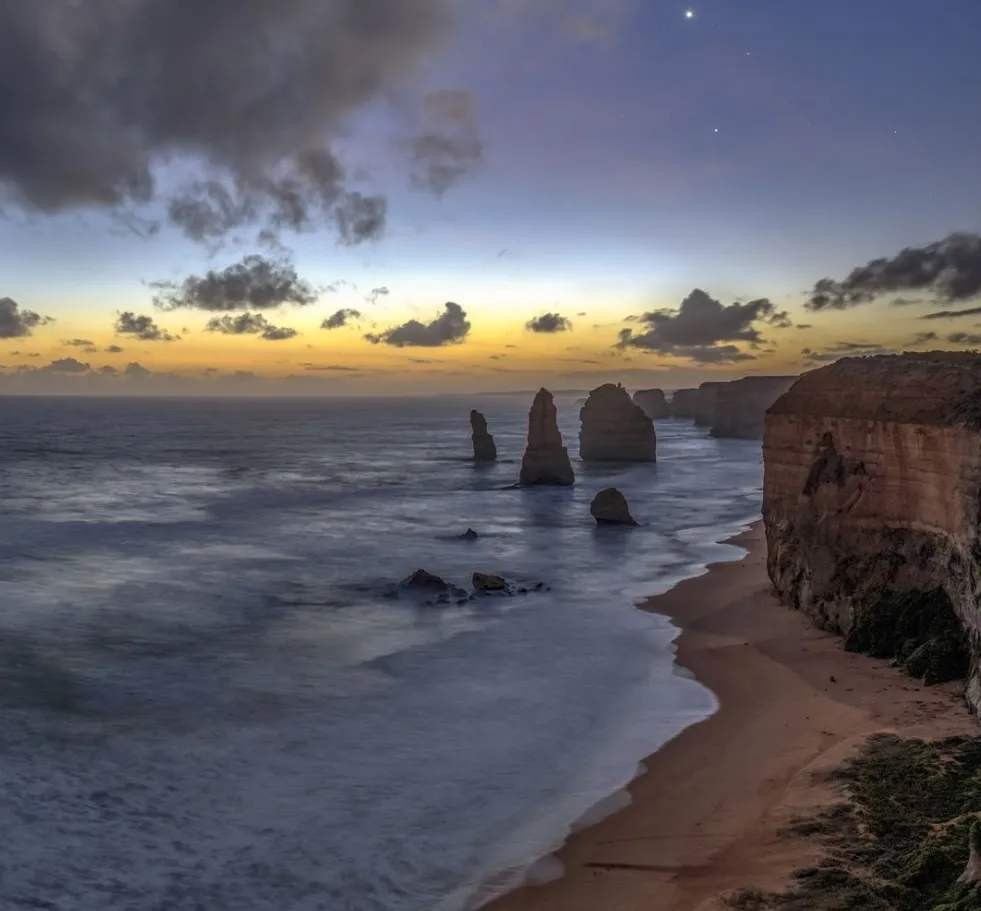
On your last day, set out with the intention of visiting some iconic landmarks along Great Ocean Road. First go to Twelve Apostles which are the most popular rock formations on the coast. The viewers’ platform has breathtaking views, and photos can be captured here. Afterwards, make your way to Loch Ard Gorge which is a dramatic coastal area with an interesting shipwreck history.
Spend some time at Bay of Martyrs which has beautiful rock formations as well as a picturesque location. Finally, if there is enough time left, visit Port Fairy –a lovely small town located near this spot with sandy beaches and old buildings.
Budget-Friendly Places to Stay
Choosing the right accommodation can make all the difference when travelling on a budget. Here are some affordable options on Great Ocean Road:
- Hostels: Budget friendly hostels usually offer low cost rates where people meet other travellers in social environments. In these places, they normally provide communal facilities such as kitchens for cooking and rest areas too.
- Holiday Parks: They are holiday parks, which comprises of cabins, powered sites for caravans among others. Some also include facilities like BBQ areas and swimming pools to cater for families and groups.
- Campgrounds: Along the Great Ocean Road, there are many organized camping grounds where one can get closer to nature. These sites only provide basic facilities unlike other forms of accommodation thereby making them more affordable.
Table: Types of accommodation compared
| Type of Accommodation | Average Cost per Night | Facilities Included | Ideal For |
|---|---|---|---|
| Hostels | $20-$40 | Shared rooms, communal kitchen | Solo travelers, backpackers |
| Holiday Parks | $50-$100 | Cabins, BBQ areas, pools | Families, groups |
| Campgrounds | $15-$30 | Basic facilities, picnic areas | Nature lovers, budget travelers |
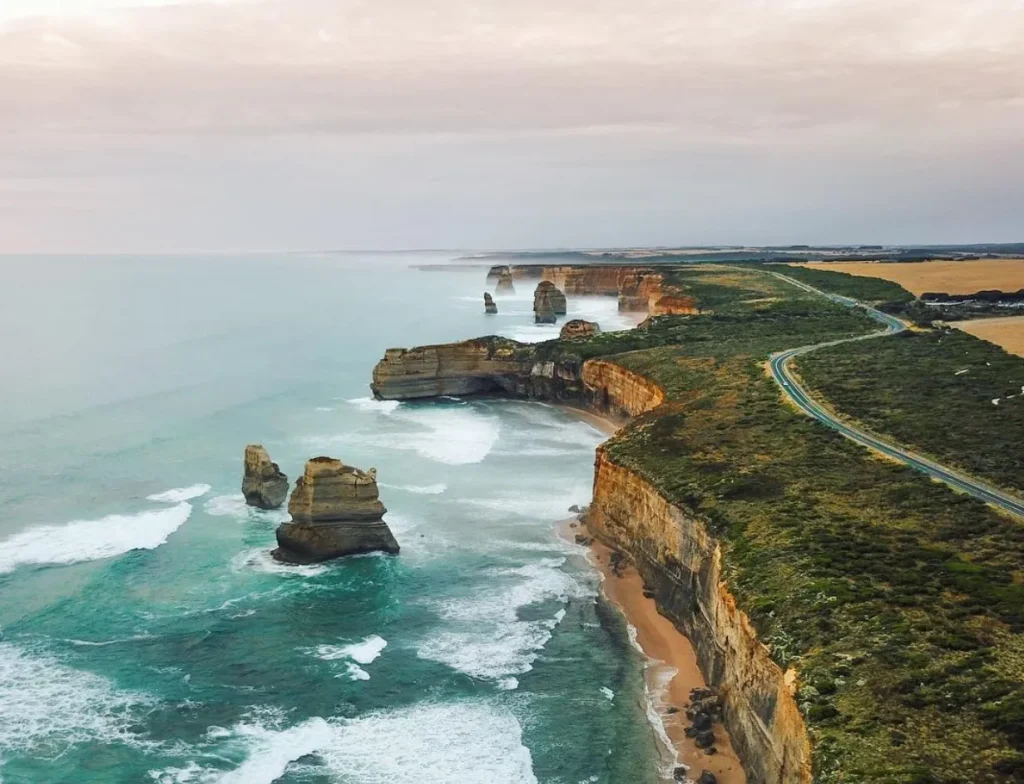
In order to make use of these choices and prepare in advance, it is possible to acquire an appropriate accommodation that matches your budget and adds to the appeal of your journey along the Great Ocean Road.
Conclusion
This overview has provided a comprehensive guide to exploring the Great Ocean Road on a budget. With careful planning and the right tips, you can enjoy the stunning coastal views, charming seaside towns, and natural beauty without breaking the bank. From choosing when to go for cheap holidays to picking affordable digs and working out an itinerary that would get you exactly what you want, this guide prepares you for one helluva trip along one of Australia’s most iconic drives. But if your backpack has become very heavy for you and you are tired you can always book a Great Ocean Road one day tour and see it all from the side of a tourist in a comfortable bus.
FAQs
What is the best time frame for budget travellers to visit the Great Ocean Road?
Budget travellers are urged to visit during either spring or fall (September – November) or (March – May). During such times, there is good weather and fewer people thus reducing accommodation and transportation costs.
Are there free things to do in Great Ocean Road?
Absolutely! There are several beaches, lookout points with magnificent views, and national parks that have no admission fees. Popular examples include The Twelve Apostles and Erskine Falls, among others, plus a number of walks.
What cheap options are available for stays at The Great Ocean Road?
Any other affordable choices such as backpacker hostels, holiday parks for camping or powered sites etc. Making early bookings will guarantee discounted rates and availability.
Can we take public transport along The Great Ocean Road?
Certainly, bus routes exist between major towns and attractions on this road. Nonetheless self-driving allows more freedom including off-the-beaten paths.
What should I carry when camping at The Great Ocean Road?
When going camping be sure to pack all necessary equipment like tent sleeping bag cooking gear etc., also bring various clothing layers suitable for different temperatures together with a first aid kit.
